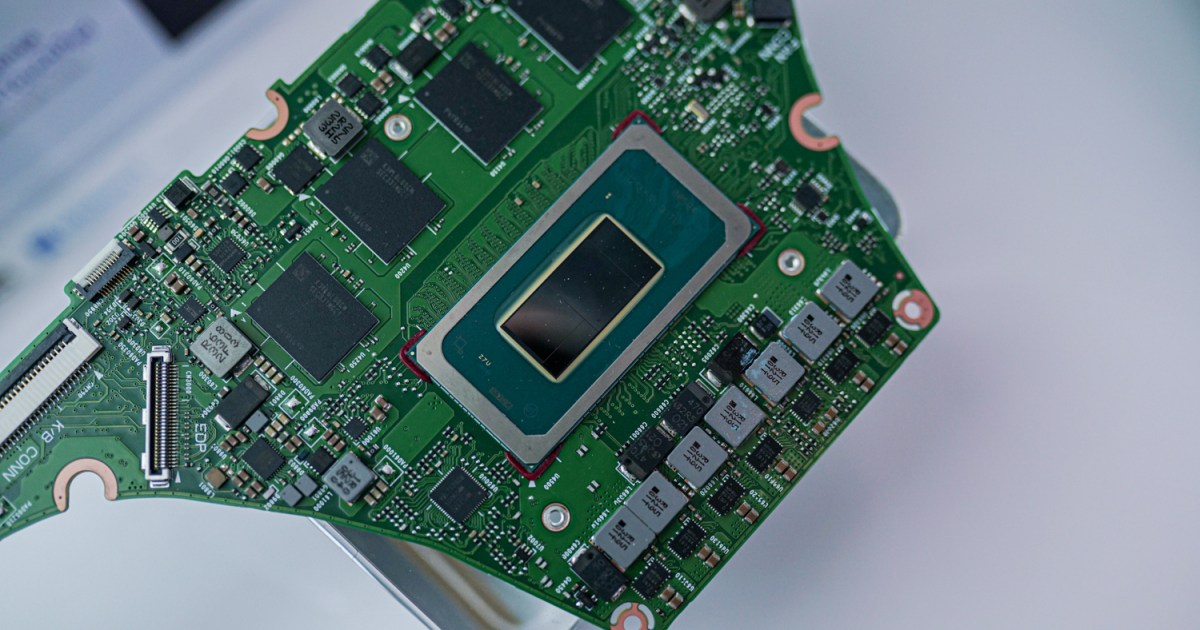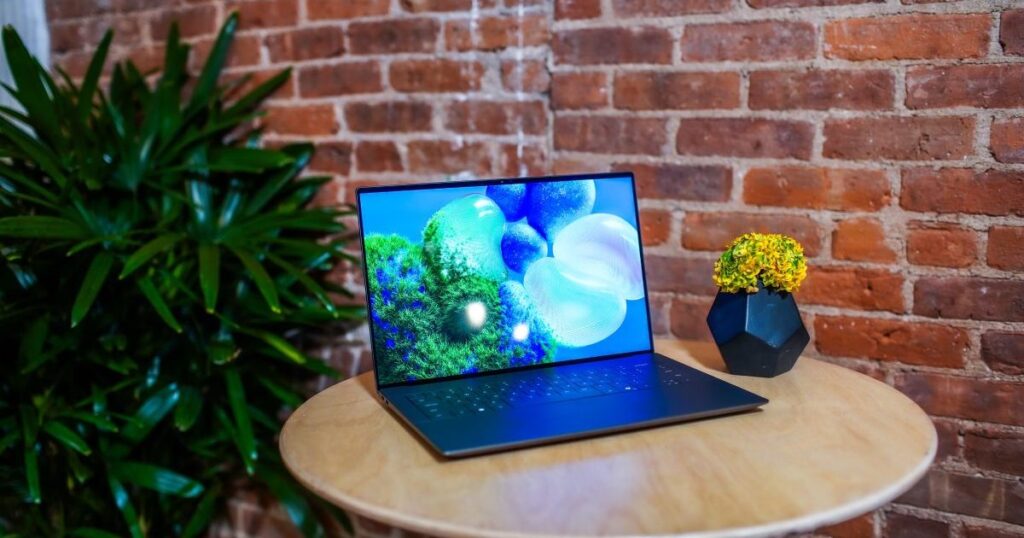Intel unveiled a new street map at its Intel Foundry Solutions (IFS) Immediate event that will take the enterprise into 2027. It’s an extension of the highway map Intel laid out approximately a few a long time ago, shortly soon after Intel’s CEO Pat Gelsinger took the reins of the organization.
Despite the fact that processor road maps aren’t anything new, Intel has shipped on the cadence it laid out a couple of years in the past. This up-to-date road map displays what will come future as we approach the close of the unique strategy Gelsinger laid out. Continue to keep in brain that Intel is concentrated on the process advancements here and not specific processors.
Meteor Lake and where we are now
We need to have to get started with a bit of qualifications. The important change for Intel’s street map started out in 2021 with the release of Alder Lake and the Intel 7 node. In the 12 months just after, Intel launched a refinement of the Intel 7 node with its Raptor Lake chips. And late previous yr, we noticed the debut of the Intel 4 node with the release of Meteor Lake processors.
This is where by the Intel’s processor street map and node road map start out to diverge. You’ll see new nodes quicker than you will see new processors, as Intel features producing to exterior companions to get a head begin on developing their chips. Retain that in intellect as we go by means of the road map mainly because it may possibly be months from when a node is concluded to when we see it show up in a shipping and delivery Intel processor.
Intel 3 and Sierra Forest
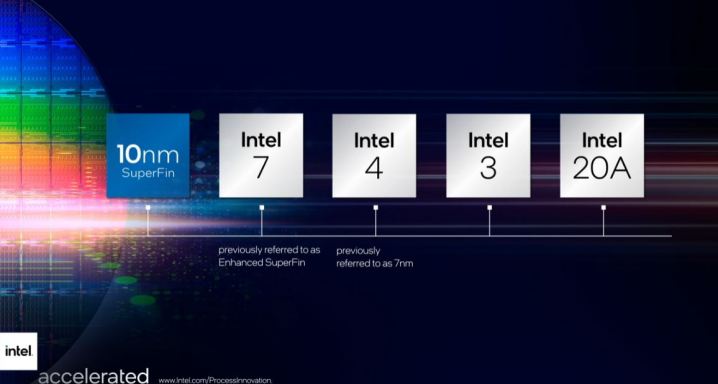
There is no better example of how Intel’s processor and node road map vary than Intel 3. This node is finish from a foundry facet, but we have not viewed it show up in a processor nevertheless. From what we know, Intel 3 won’t present up in a customer processor. As a substitute, Intel has verified we’ll see Intel 3 in Xeon server chips.
The two coming up are Sierra Forest and Granite Rapids. Gelsinger says that Sierra Forest will arrive out in the initially fifty percent of 2024, with Granite Rapids subsequent later in the year. Sierra Forest characteristics Intel’s initial Xeon processors working with only effective cores, allowing for Intel to realize an crazy core depend of 288 in the flagship chip.
Granite Rapids makes use of effectiveness cores, and they’ll arrive as a successor to Emerald Rapids this yr. Intel claims these two traces are the “lead motor vehicles for Intel 3.” It is achievable we could see buyer processors with Intel 3, but we don’t have any facts about that correct now.
Intel 3 also serves as the bedrock for new line extensions that Intel will make to its nodes. Likely forward, Intel states it will launch a new node each two decades, with a revision arriving in off decades. These are famous with new suffixes that will start with Intel 3-T in 2024. This suffix notes nodes that can be utilised with Intel’s 3D Foveros packaging. In addition to the T suffix, Intel is also using the P suffix to take note a standard revision to the node with modest overall performance enhancements, and a E suffix, which notes a new list of options. These revisions shouldn’t be applicable in the short time period for client processors, but they might pop up as Intel proceeds to execute its road map.
Intel 20A and Arrow Lake
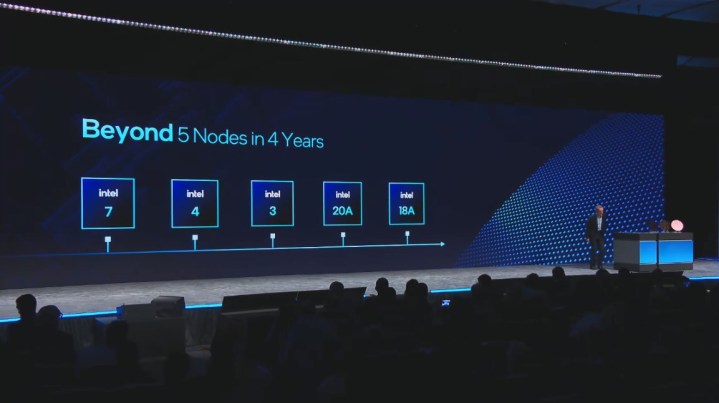
A large motive why we do not assume a buyer chip designed on Intel 3 is that we by now know about Intel’s 15th-gen CPUs. Intel suggests Arrow Lake processors will get there in the 2nd half of 2024 and debut the Intel 20A system. Supplied that Arrow Lake is established to arrive afterwards this year, we previously know quite a little bit about the processors.
Intel says they’ll use a the new LGA 1851 socket, which it will assist via 2026. In addition, Intel will ditch the DDR4 compatibility it has maintained the past 3 generations for sole DDR5 support. Ultimately, Arrow lake will be available in laptops and desktops, compared with Meteor Lake, which is crafted for mobile form variables.
In addition to a node adjust, Arrow Lake will mark the initial time we’re observing Intel’s Arc graphics architecture on desktop CPUs. We presently have Arc graphics in Meteor Lake chips, but Arrow Lake will be the first time we see them in a desktop processor.
As for the Intel 20A node, we by now know pretty a bit about it. It’s the start out of the “Angstrom era” of semiconductors, according to Intel, and it will function two new architectural technologies. The 1st is RibbonFET gate-all-all-around (GAA) transistors, which function various gates on the identical transistor. This improves the density of transistors Intel can pack on a chip.
The other development is PowerVia, which routes power as a result of the again of the wafer. Intel claims this system is extra productive, and greater efficiency allows Intel to squeeze much more peak functionality out of the chip.
Intel 18A, Lunar Lake, and Panther Lake
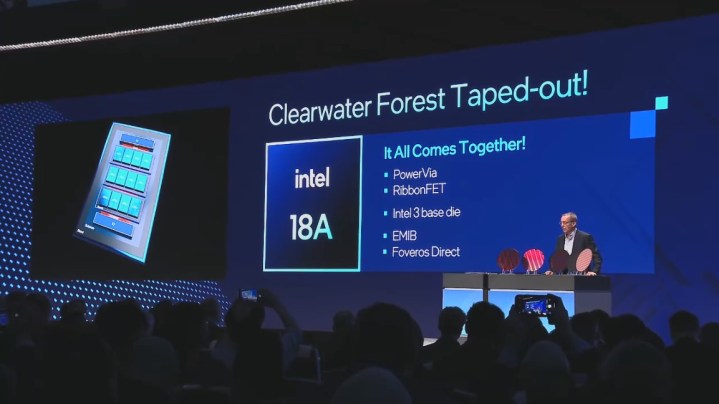
Likely into 2025, issues get a tiny fuzzy. We know the nodes and processors that are arriving in 2025, but Intel hasn’t introduced how they’ll join. Starting with the CPUs, we really should see Lunar Lake first. These are reportedly focusing on laptops only, similar to Meteor Lake, and they’ll debut equally Intel’s Arc Battlemage graphics architecture and an completely new core architecture.
Lunar Lake will use Intel 18A, and it must be the initially consumer processor to debut the node. Intel has currently demoed Lunar Lake jogging in a notebook, suggesting that the processor will arrive early in the yr. Some studies recommend Lunar Lake could even get there in late 2024. Irrespective of the exact time, we hope to see it in late 2024 or early 2025.
Panther Lake is a more standard release, and Intel has verified that it is arriving in 2025 applying the Intel 18A node.
Intel 18A is appealing, as it’s the initial time Intel will have a node gain more than main semiconductor companies like TSMC. That doesn’t imply Intel will have a general performance edge, as the organization has dropped a good deal of floor to other chip makers over the final numerous years, refining existing nodes rather than transferring to lesser kinds.
Intel 20A seems to be like the start off of RibbonFET and PowerVia, the two of which need to be on whole screen with Intel 18A. It appears to be like like Intel will be capable to supply 18A before long, also. The very first chips using this node will be Clearwater Forest Xeon CPUs, which Intel claims are all set for creation. External companions making use of 18A can start off types now, showcasing that Intel is completely ready to commence manufacturing chips.
Intel 14A and the foreseeable future
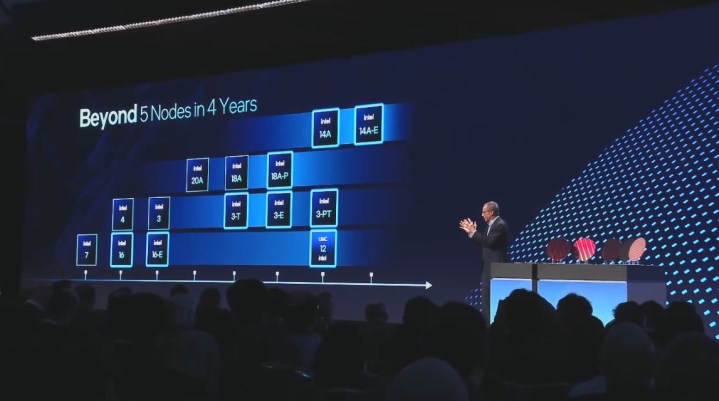
Further than 2025, we only know about 1 new node: Intel 14A. This was the large reveal at IFS Immediate, and we really do not have a ton of particulars about it nonetheless. The node ought to arrive just after 2025, but it’s feasible it starts showing up in the latter 50 percent of next calendar year. Intel hasn’t shared any item code names primarily based on this node still.
This normally takes Intel by way of 2027, even so. The corporation says it will have Intel 14A and Intel 14A-E, the latter of which is arriving later on with an prolonged set of characteristics. Intel suggests this revision comes in 2027, setting the organization up for the base 14A in 2026.
It is nevertheless way way too before long to say something concrete about Intel 14A, but it seems like the next significant change for the corporation just after the arrival of 18A. As we continue to listen to extra about Intel’s forthcoming processors, we’ll update this tale.
Editors’ Suggestions
